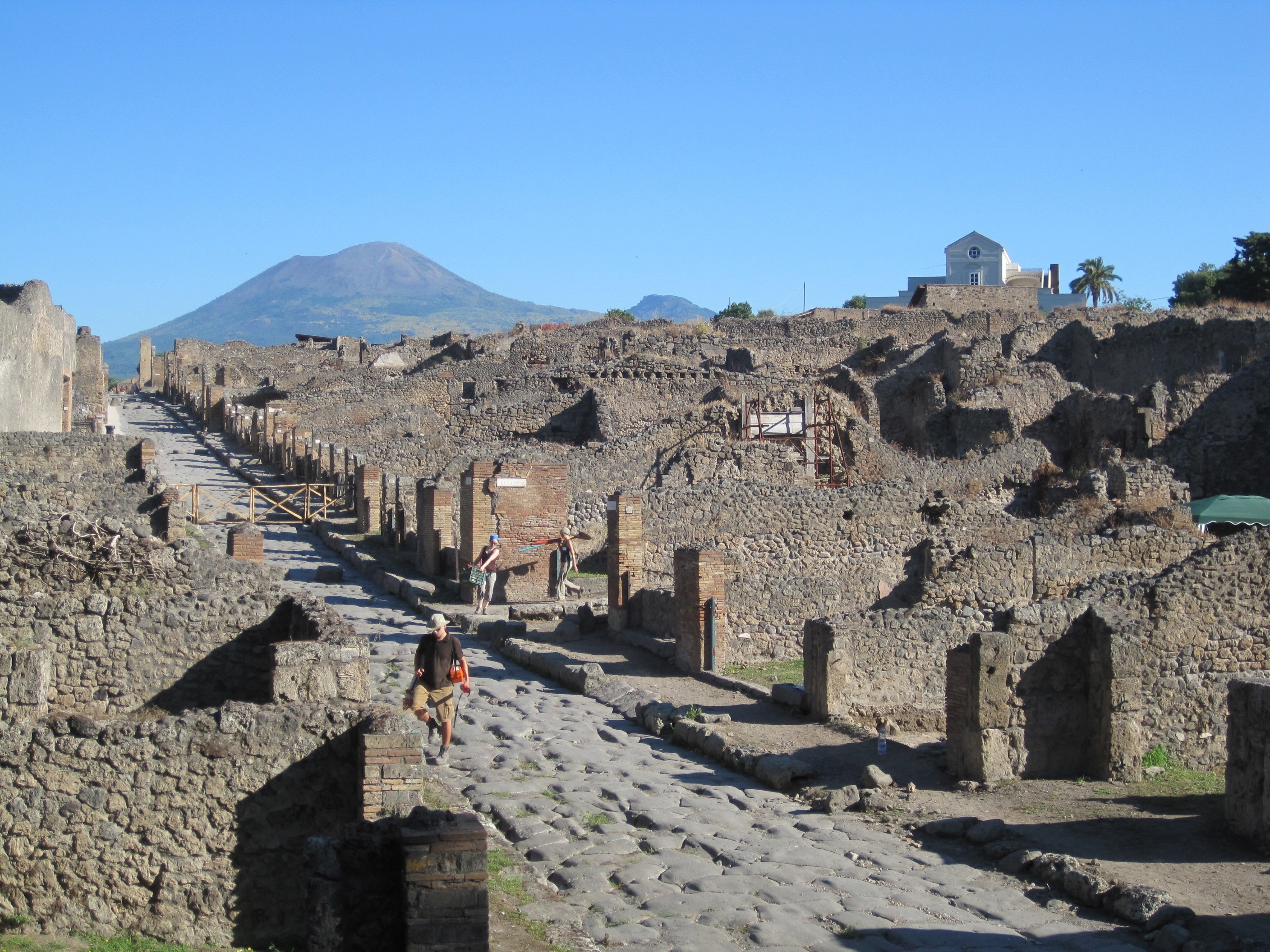Event: PIZZA TALK: All the Small Things: Artifacts in Urban Context
Event Details
 Dr. Leigh Lieberman
Dr. Leigh Lieberman
Department of History
Claremont McKenna College
Abstract
In recent years, the study of ancient artifacts has moved beyond straightforward typologies, descriptions, and quantifications. New approaches to the analysis of material culture - including methods of geospatial referencing, artifact agency, object biography, and statistical analysis of large datasets - have drawn attention to the myriad ways in which objects could be used and reused, deposited and redeposited in the ancient world. These new approaches have consequently given new life to materials that have been long overlooked in busy storerooms, from iron nails to loom weights, from ceramic wasters to unidentifiable coins. However, no matter the classification method, scholars still by and large fail to situate all the artifacts from a site fully within their archaeological contexts, a term that is frequently discussed in published reports but often thoroughly misunderstood. In both excavation publications and museum displays, the intended use of an object is almost always prioritized when in fact a contextual approach to the study and presentation of artifacts and assemblages can better illustrate the multiple, varied roles that objects served in the ancient world.
As the Manager of Data and Information Resources for the University of Cincinnati's Pompeii Archaeological Research Project: Porta Stabia (PARP:PS), the Data Supervisor for the American Excavations at Morgantina: Contrada Agnese Project (AEM:CAP), and the Head of Materials for the University of Cincinnati’s Tharros Archaeological Research Project (TARP), I have facilitated the development of a robust data organizational scheme that guides our innovative approach to material culture. I argue that by prioritizing context in the analysis of artifacts and assemblages, we can come to a more nuanced interpretation of how everyday objects were used, discarded, and recycled in urban spaces in antiquity. In my presentation, I’ll be highlighting some of the important lessons that I have learned along the way.


